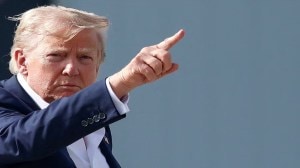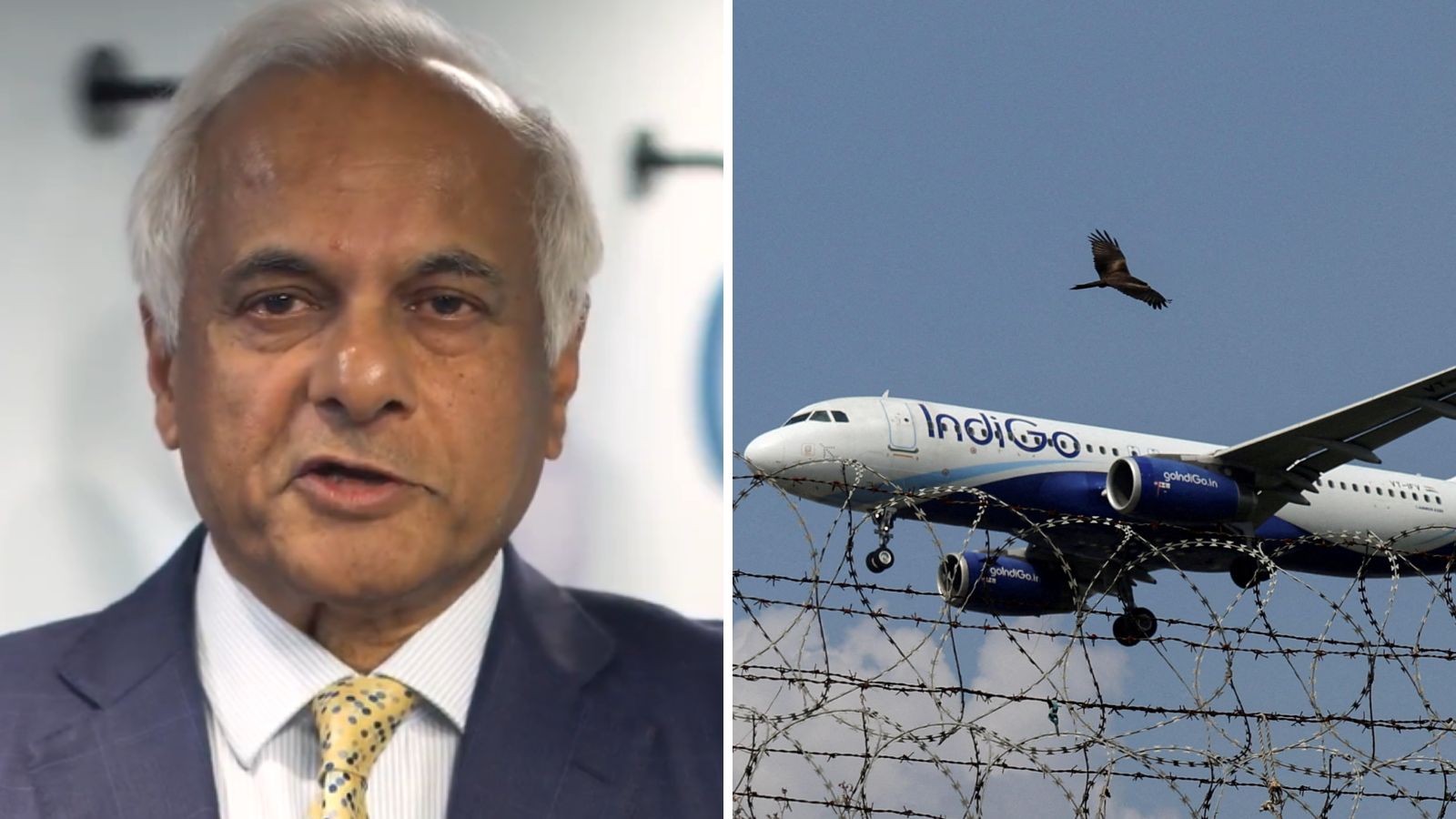Dr. K Madan Gopal
With Rajasthan becoming the first State to pass the Right to Health Bill, the echoes of constitutionalizing the right to health have found new voices across India. Although the Indian Constitution has not explicitly guaranteed the fundamental right to health, the constitution’s framers and founding fathers, with their incredibly far-reaching visions, imposed on the State a duty in the form of Directive Principles of State Policy in Part IV of the Constitution.
The Directive Principles of the State Policy call for the State to guarantee social and economic justice to its citizens, including healthcare, and have become the foundational stone for the right to health through various articles like Art. 38, 39(E), 41, 42, 47, and 48A. However, these Directive Principles of State Policy are non-justiciable, i.e., they cannot be enforced in a court of law. Thus, they only have persuasive value.
Also Read: Health Minister to meet representatives of e-pharmacies soon
Further, there are numerous references to public health and the State’s function in providing healthcare to citizens in the Indian Constitution. Item number 6 in the 7th schedule of the Indian Constitution obliges the State to enhance public health. Article 243G and Entry 23 of the 11th Schedule – Health and sanitation, including hospitals, primary health centers, and dispensaries – also endow the Panchayats and municipalities with the power to strengthen public health.
The right to health is included within the scope of the right to life, as guaranteed by Article 21, according to numerous rulings by the Supreme Court of India. The government had a constitutional obligation to provide health services to its citizens.
Why the Right to Health?
Although India’s existing constitutional provisions, legal precedents, and international commitments provide a strong foundation for a right to health, such a right has yet to be explicitly recognized by law, with the Government Health Expenditure (GHE) standing at 1.28% of GDP, the government needs to consistently catch up to the National Health Policy’s goal of allocating public investment of 2.5% of GDP to healthcare. Moreover, over the past fifteen years, the national share of total health spending has decreased by about one-fourth. The total health expenditure as a percentage of GDP decreased from 4.2% to 3.2% between 2004–05 and 2018–19. Contrary to international trends, where health spending as a percentage of GDP has risen over the past 20 years and is close to 10%, the Indian healthcare system continues to be gravely underfunded.
As Per the latest National Health Accounts, out-of-pocket expenditure (OOPE) as a percentage of total health expenditure still stands at a staggering 48.2%. Further, government hospitals account for a mere 17.34% of the total current health expenditure (CHE). The numbers and figures indicate the State of healthcare in India and the vast disparities therein. With the government’s involvement, this skew can be fixed.
Even the international experience of various countries showcases that the nations that have made solid legal obligations on the State to provide healthcare services to its citizens record better health outcomes. The Western Pacific Nations, like Cambodia, Fiji, Japan, the Philippines, and Vietnam, explicitly mention the right to health in their constitutions and strongly oblige the State to provide healthcare services to their citizens. Further, the constitutions of various South Asian nations such as Korea, Indonesia, the Maldives, Nepal, Thailand, and Timor Leste recognize the right to health and healthcare as a positive constitutional right and oblige the State to ensure the progressive realization of these rights. Furthermore, a quick review of constitutional amendments in Latin American countries shows that the region’s right to health has significantly expanded, resulting from governmental programs, civil society lobbying, and legal safeguards in advancing the developments.
Also Read: COVID-19 cases rising in India; Watch out for these symptoms of XBB.1.16 variant
The Way Ahead
India is in a position where it can expand on the health commitments it has already made under multiple national and international frameworks to create a country that is both healthy and prosperous. In addition, a quick review of constitutional amendments in Latin American countries reveals that the region has witnessed a significant expansion of the right to health, which is attributable to a synergistic combination of legal protection, bottom-up pressure from civil society organizations, and the government’s motivation and proactive action.
Further, India has assumed the G20 presidency this year, so it is an opportune time for constructive discussions and deliberations on formulating legally justiciable public health legislation in India. Such legislation would not only leapfrog India’s journey towards achieving its target of achieving universal health coverage as envisaged in the National Health Policy, 2017. Still, it would also ensure that India achieves Sustainable Development Goal 3 of good health and well-being’ well before the proposed timeline of 2030.
To convert this ‘intent’ into ‘action’ and ‘action’ into ‘outcome,’ firstly, there is a need to bring all the stakeholders in the healthcare delivery system to one table so that a comprehensive and robust Right to Health legislation can be envisaged in a consultative and collaborative manner.
Secondly, such legislation might have significant financial implications for the nation and these can be a barrier in our path towards universal healthcare coverage. Implementing the right to health in a country like India is expected to cost the nation’s exchequer very heavily. Further, fulfilling the government’s obligations under such legislation would necessitate additional funds for human resource deployment, infrastructure development, reimbursement of the private sector, and public health functions.
Moreover, without adequate funding mechanisms, such legislation is likely to negatively affect the nation’s fiscal deficit, already standing at 6.4 per cent of GDP as per the revised estimates 2022-23. Therefore, the financial implications of such legislation must be extensively considered. The government can explore ways to mitigate those costs, such as creating additional revenue streams, increasing taxes, redirecting funds from other budget areas, utilizing the private sector financing pathways like CSR funding, community resource pooling, etc.
Further, the Right to Health can inculcate a bottom-up expansion approach with a systematic expansion of coverage from poor to lower-income and, only then, to upper middle-income groups. Such an approach would not only help prioritize service delivery to those who need it most. Still, it will also prove financially feasible and viable.
Thirdly, such legislation must fence the providers’ rights in the healthcare service delivery systems, which remains a neglected aspect, making the healthcare providers susceptible to frequent abuse.
Finally, the right to health is a much broader concept, encompassing the medical domains and crossing into the social, political, and economic spheres. As rights must be inherently realized within the broader social, political, and economic spheres, the formulation of such an act immediately implies that factors determining health and ill health, which are not only biological or “natural” but also aspects of societal, political, and economic relations, are taken into account and worked upon. Therefore, a “right to health care” is a better alternative and more practical way to conceptualize the right to health in India, at least in its infant stages.
Dr. K Madan Gopal is a senior consultant ( Health) at NITI Aayog. This piece was supported by Ms. Oshia Garg is an intern (Health).
(Views expressed are personal)
Disclaimer: Views expressed are personal and do not reflect the official position or policy of Financial Express Online.Reproducing this content without permission is prohibited.







